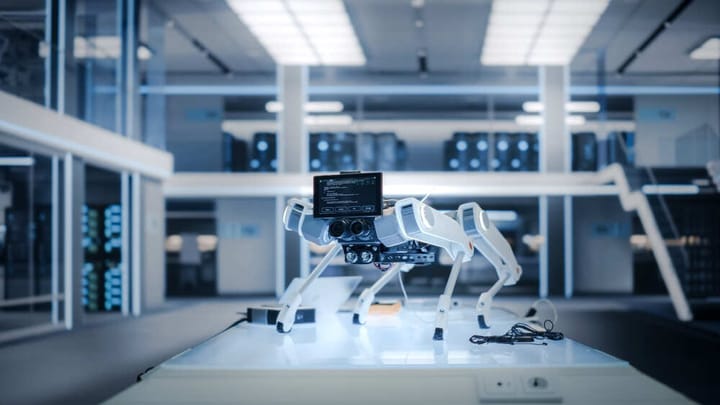Soft Robotics: Applications of Robotics
Soft robotics is a rapidly expanding discipline in which engineers create flexible devices for use in a variety of fields such as surgery, prosthetics, pain management, and space exploration. Their movement demonstrates their closeness to humans, animals, and plants.

What is Soft robotics? It is a subdomain of robots focusing on the technologies that resemble living organisms. Their motion shows an intimacy with humans, animals, and plants. It is an exceptionally growing field where engineers produce bendable machines in several departments, including surgery, prosthetics, food, pain relief, and space exploration. Traditionally developed robots are tough and hard in their textures and mostly can move only quickly in a linear fashion.
According to Ellen Mazumdar, a tech assistant engineering professor, these devices will recover injuries, control fires and earthquakes. They can be bent, reshaped, and remolded in any way. Soft robots are nanomaterials to perform approximately all biological functions like mimicking human muscles.
1. SOFT ROBOTICS IMPACT FACTOR
The soft robotic market is versatile in its application in almost every field, including human-AI interaction, medical and surgical applications, wearable and rehabilitation robots, space, exploration, geography, and locomotion. The market was estimated to reach 1049.05 million dollars in 2020 and will approach $6369.04 million by 2026. However, soft robotics is still in its early growth stages and shares incredible robots benefits over traditional robotics. It is forecasted that the market size will grow at the CAGR of about 37% in the years between 2021 and 2026. By 2024, the market is expected to grow and approach $2.16 billion.

The term was introduced in 2008 for describing the investigation of robots with compliant joints. However, the work on discovering soft robotics was started in the 1950s. For instance, McKibben Artificial Muscle was invented for orthotic patients. Harvard BioDesign Lab used soft robotics to develop the DCC (Direct Cardiac Compression) device. The device has an elastomeric fluid containing soft actuators. It helps treat heart failure by offering direct mechanical assistance to the heart via a non-blood contracting technique. Another achievement of soft robotics is the development of a bio-inspired robot, Squidbot, that is involved in deep-sea exploration and research. The looks and movements of robot squid is like natural creature. These underwater exploration robots help researchers get better insights into the marine ecosystem.
2. ADVANTAGES OF SOFT ROBOTICS
Compared to traditional robots, soft robots enter the market with special applications of robotics.
- More living creature-like: It helps better understand dead animals and creatures as scientists recreate them resembling real creatures.
- Manipulating Robots: Robots are less rigid and offer the incredible experience of soft robotics.
- Exceptional Flexibility: They come with exceptional flexibility and go to inaccessible spaces with human hands.
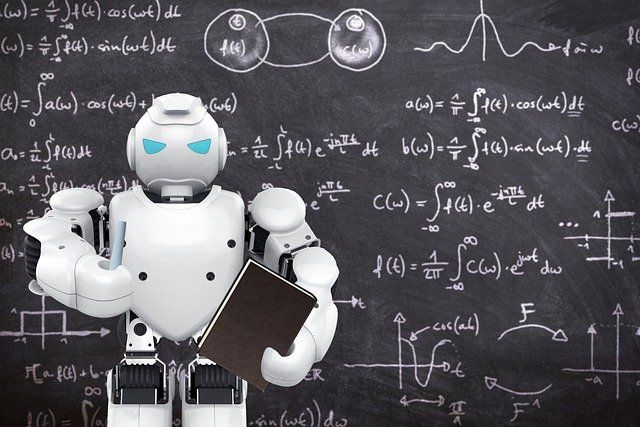

3. SOFT ROBOTICS APPLICATIONS
There are many different types of soft robots; some applications are mentioned below:
3.1. Biomedical Robots
How to act like a robot? Several types of soft robots are developed to act as robotic muscles. It can be folded-up scalable from a few millimeters to a meter long. It can live 1,000 times more weight than it owns. Medical robots are being used during surgical and post-surgical processes. Plus, minimally invasive surgical procedures are exceptionally done via bio robotics due to their soft nature. They come with different stiffness and variable flexibility that provide comfort to the patient. It is highly recommended to use soft robotics to replace traditional surgery methods because of their safe interaction with body organs and tissues. Steven Vogel, a late researcher at Duke University, once wrote that soft robots are close to nature. Except for teeth and bones, nature prefers soft and flexible robotic materials like cartilage and muscles.
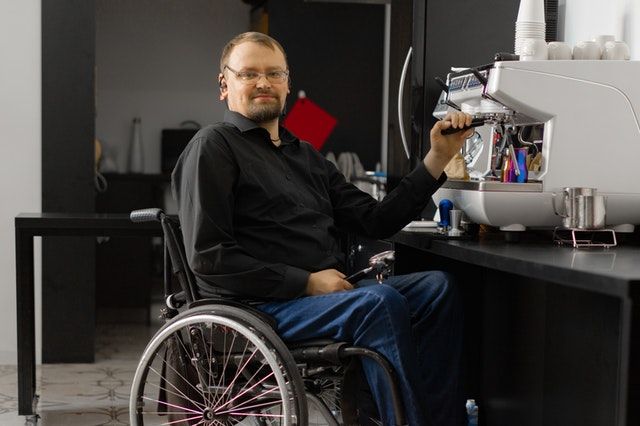

Providing muscular support is one of the common robotic challenges. It is like a miracle for patients recovering from painful surgery or motor impairment. Current technology cannot remake soft tissues and muscles. Previously created muscles need bulky motors or actuators with external pumps, making them inaccessible for those who need them. Wearable robots are biometric devices attached physically to a patient undergoing rehabilitation. The soft body robot specializes in performing tasks like a natural body part and doing the natural movement to restore normal motor functions in the patients. The soft robotic system comprises a stretchable pump and an actuator (McKibben). The soft robotic actuators are supported by an electrically powered fluid system, which eliminates external pumps and makes it lightweight. Plus, it can mold around the tissues to offer maximum support. Recent advances in technology are quite promising in providing muscle support.
The printed liquid metal can create stretchable wearables and electronic devices with irregular shapes; it is also used with antennas, interconnects, and electrodes. Gerboni talked about the development of the endoscope as a surgical instrument. It will be made of soft robot material enabling doctors to see bodily structures quickly than with common instruments. Similarly, titanium polymers based on carbon are used with synthetic polymers to create ultra-thin, soft AI muscles.
Considerations for Using Biomedical Robotics
The soft robotics material must be friendly with concerned body parts and tissues to assure body acceptance and system functionality. Researchers bring medical robots from science fiction to science fact. The points to be considered can be generalized as:
Allergic reactions must be counted before using or inserting any soft robot in the living body to avoid any unwanted experience.
The immediate immune response should be considered for temporary internal use.
Long-term soft robotics implementation in the body disturbs long-term immune response causing rejection.
The actuator material should include the mechanical properties of living tissues up to some extent to reduce the chances of rejection.
Some promising actuation technologies are mentioned in the table with their working principles.
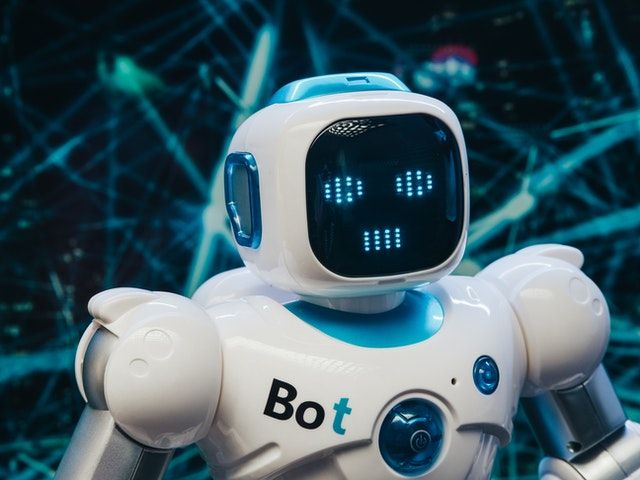

Table: Soft Robotics Actuation Techniques
Soft actuators are elastomeric matrices with fixed flexible materials like paper, particles, fiber, or cloth. These materials are of great interest to researchers due to their lightweight, easy customization, and affordability.
|
Soft Health Technologies |
Short Form |
Subcategories |
Working Technique |
|
Flexible fluidic actuators |
FFA |
McKibben, artificial muscles, PneuFle, and pneumatic artificial muscles |
An elastic structure operated by a fluid. Materials are added to produce asymmetries enabling deformation in specific shapes. |
|
Shape memory materials |
SMMs |
SM alloys, polymers, and composites |
Materials can recover a specific shape with plastic deformation through heating. It occurs due to the mechanical properties of different crystalline forms. |
|
Electro-active polymers |
EAP |
Wet (ionic) and electric (dry) |
The electric field is responsible for the deformation of polymers. |
|
Tendon-based actuators |
- |
- |
Tendons are much flexible and involve in making robots if pulled remotely. |
|
Jamming of material |
- |
Layer & granular jamming |
These are composed of outer membranes (elastomers). On the filling material, Vacuum results in membrane collapsing. It makes it dense and stops particle movement to make the system rigid. |
|
Magnetorheological and electrorheological materials |
MRMs and ERMs |
Relevant fluids and elastomers |
Materials with magnetic and electric particles. In the presence of external fields, these particles interact and align to resist deformation. |
3.2. Robots in Food and Agriculture
Soft bodied robot offers automation solutions that can grip and hold objects with the same power as a human hand. Food handling and packing are tedious and highly manual work. According to the past years, labor in this market was sourced through low-cost labor, but in recent years, a great fall was observed in the availability of concerned labor for packing food.
It was not a country’s issue, but a global problem observed in different worldwide parts including the UK, USA, Australia. It directly influenced food production and supplied globally. The producers then shifted towards “automation in process” techniques to boost their economy with the food business. Traditional robots are efficient at performing a single task with high efficiency, but these devices need reintegration and reprogramming when their work is changed. The process is highly costly and time-consuming as it takes hundreds of hours to retrain a machine for other purposes. This problem was limited to the food industry, but consumer goods and other manufacturing industries also faced it, which gave rise to the evolution of soft robotics.

An octopus toy robot was made with polymer actuators for jamming food. This technology entirely replaced the concept of sensors and other electrical devices for proper working. It is becoming challenging to feed such a growing population with time. According to the UN, the worldwide population is quadrupled. The demand for more food is due to increasing population and is expected to increase 59 to 98% by 2050. Moreover, $3 million was lost from annual revenues between 2002 and 2014 due to farm labor shortage. Soft robotics encourage industries to promote automation in processing, handling, and packing applications.
3.3. Industrial and Consumer Robotics
Soft robots are also sued in industries and named collaborative robots or cobots mimicking humans' working style. The traditional robots used in the manufacturing industry are of rigid and linear nature. But some tasks demand humans' soft hands, and soft robotics is an excellent replacement. The soft robotic hand mimic human-hand motion; they reduce human injuries that mostly occur during the assembly of the products. These robots can share enhanced performance with improved productivity and lesser employee’ injury risk. Harvard soft robotic researchers, in 2016, created the first soft, autonomous Octobot after getting inspiration from the octopus robot. The soft robotic octopus can twist and turn like an octopus to pass hurdles in its way; that's impossible for traditionally hard robots.
Like industrial robots, consumer robots are also stiff in nature. One of the common applications of robotics in consumer goods is in toys. The Carnegie Mellon’s Morphing Matter Lab researchers discovered exciting ways to use robotics in this field. They used knitting machines to make tendons connected to a hard motor. Their product is so interactive as it hugs when touched on the belly. This idea will also be applied to garments and accessory making with future robotics.
3.4. Edible Robots
It’s an exciting innovation developed in Philadelphia by a high school team for participating in an annual soft robotic competition. The prepared model was biodegradable with the efficiency of safely delivering medicinal drugs to different parts of the body. Moreover, in Switzerland, researchers developed gelatin-based robots ingested by humans and animals.
3.5. Climbing Robots
These types of robots are used for inspection or building maintenance purposes and rescue and search missions. One soft climbing robot comes with a flexible robot design like a caterpillar that can crawl up and down, covering large distances. However, climbing robots are not very common to date, but they can be made for different purposes. IIT Istituto Italiano di Technologia’s researchers created a soft robot in tendril shape, which can move across a pipe or branch-like structure. Flippy is another robot that uses its balance to climb vertical surfaces.
3.6. Prosthetic Robots
Here, soft robots are used in creating prosthetics for people who have lost their limbs or extremities. These soft robot grippers are attached at the end of a prosthetic arm for real and human-like objects' grasping.
Prosthetic robots are life for those who have lost their limbs in an accident or got severe injuries. It is much harder than it seems to make fully functional limbs mimicking natural ones. Current technology uses 3D Printing Technology to design and then print custom legs or arms for living beings, including humans and animals. The greatness of this mission is that one can make customized-sized limbs for whom they are needed.
In India, students in the Global Immersion Sumer Program introduced soft robotics providing more mobility than traditional prosthetics. They used four modules: thumb, fingers, palm, and control. The students proved that soft prosthetic hand grip, hold, pinch, and function more like a natural human had.
3.7. Automotive Robots
It is a whole new scenario of soft robotics in automotive. Fluid movement is not required by mechanical automobiles, and if soft robotics is applied to vehicles, it will be purely incredible. An excellent example of soft robotics in automotive is the Mercedes Vision AVTR. It comes with bionic flaps on the back of the vehicle's hood. These flaps mimic a mythical creature and move in response to the car's movement, helping the driver communicate with the environment.
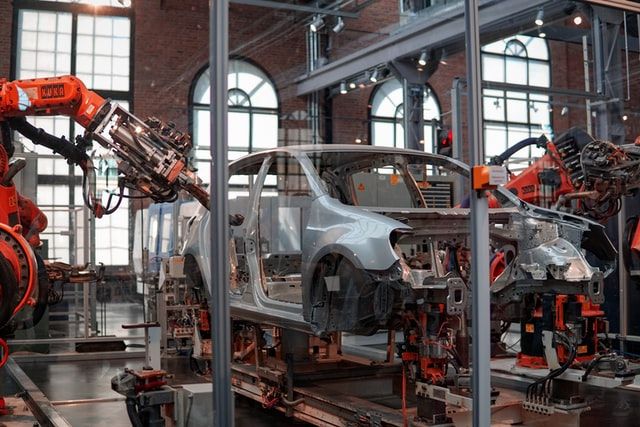
3.8. Soft Robotics and E-Textiles
When soft robotics is combined with e-textile, it gives several other industrial waves. In 2019, the assistant professor of wearable technology at the University of Minnesota College of Design, Brad Holschuch, talked about the potential soft robots application and e-textile. Currently, it's difficult to wear on smart garments that can be remedied with pneumatic technology utilizing actuators for changing shape more comfortably.
4. FUTURE ROBOTICS TRENDS
Future of robotics is innovating and empowering many industries, including medical, automotive, consumer, and aerospace. Electroactive polymers, artificial muscles, and electro-adhesion are hot medical fields in the future of soft robotics. These muscles behave like human muscles and expand in response to an electric field while contracting when removed. Consequently, they allow motion by converting electric energy into mechanical motion.
Unlike other piezoelectric materials, which are voltage-based, artificial muscles persist the stroke and force of natural muscles. These properties help robots to mimic living dexterity and mobility. Soft robotics is currently run by pneumatics that require hard valves, noisy compressors, and difficult-to-use hoses.
Another major trend shown by electroactive polymers is changing shape or texture. They can also develop skins with sensing powers of pressure and touch. The driving force behind this advancement is the demand for wearable sensors that get comfort and function by offering less skin resistance. Further, these stretchable polymers generate power when stretched and contracted to be created in clothes to sense motion and force. Soft robotic gripper will also come with new capabilities; they can pick up several objects with the least sensing and controlling function. For example, in jamming grippers, a powder is filled in a flexible sack that can conform around any object of any shape. The soft gripping system becomes rigid via a vacuum process enabling it to catch objects through friction. In this way, the product is packed without any complex or intelligent procedure.
5. WRAPPING WORDS
What is the future of robots? The main objective of making soft robots is not to create exceptionally precise machines but those with problem-handling powers in the real world. Soft robotics offer quick, stronger, and more human hand-like options than traditional hard-textured robots. They are safer and cost-effective. No doubt, there are still some fields where rigid robots are required for performing tasks rightly. That time is not so far when a robot sense hitting a human and stops or changes its path or even molds its shape around the human part.
Soft robots also have flaws as fluid actuators take time to power up. These fluids are natural materials that give life to soft robots. The reason behind charge up is that the sheer amount of fluid required for compelling movement or flow can also be slowed by different structures within tubes or walls making its body.



